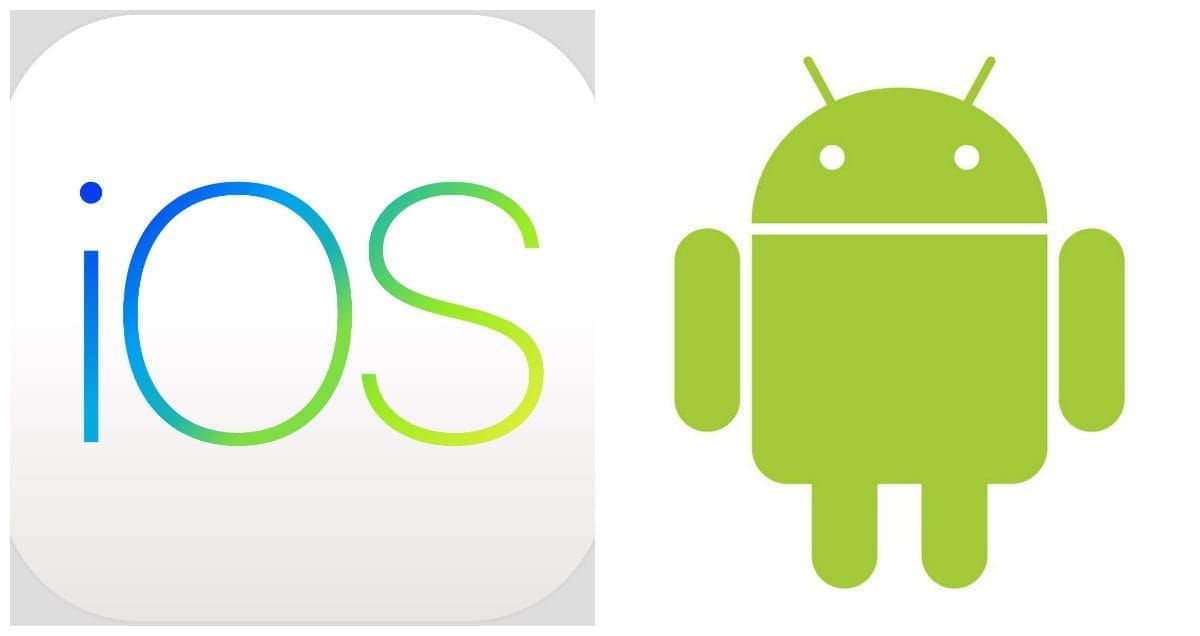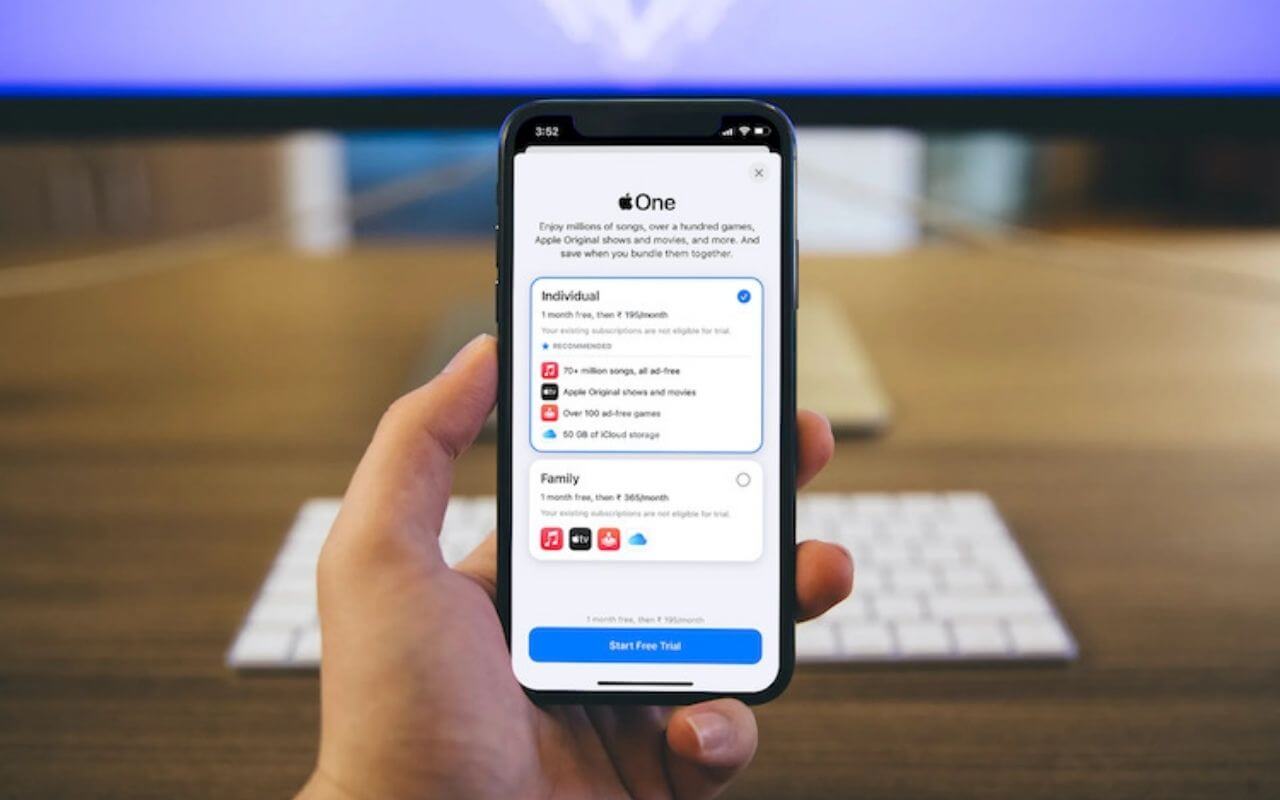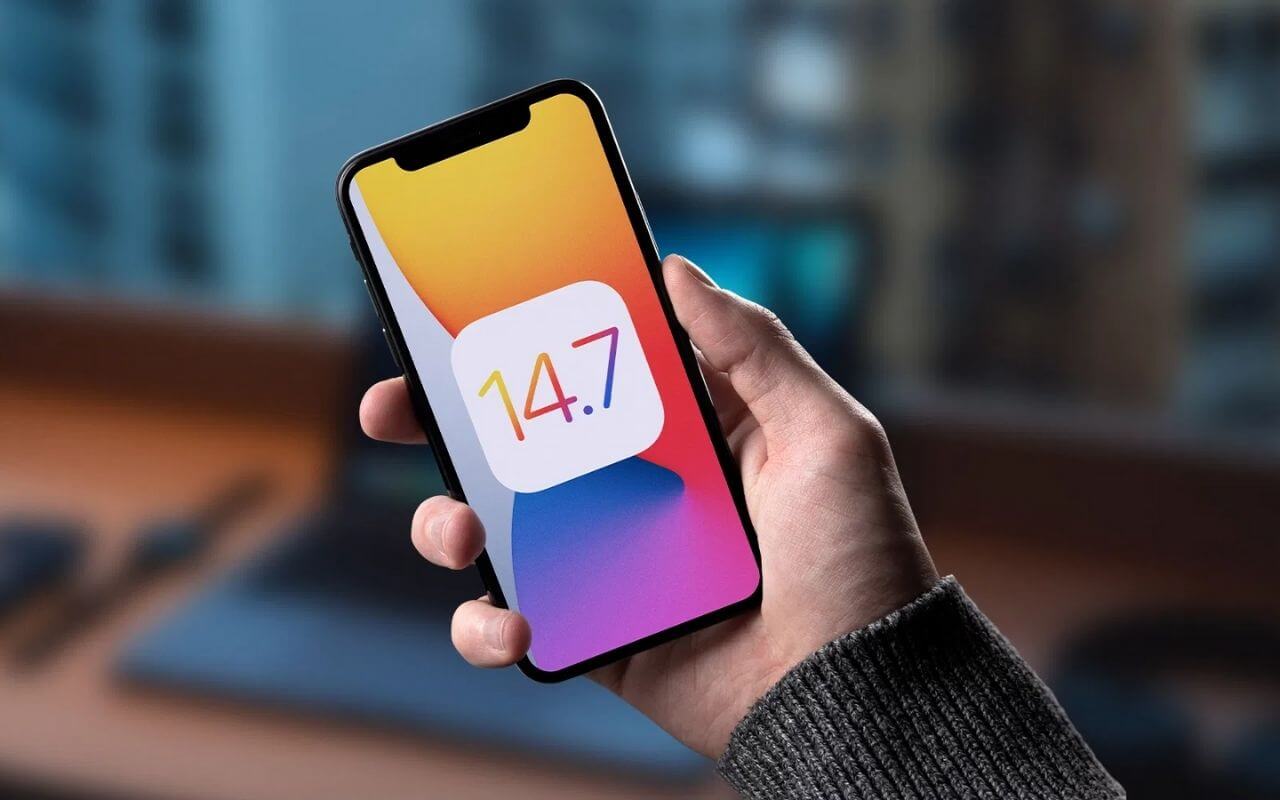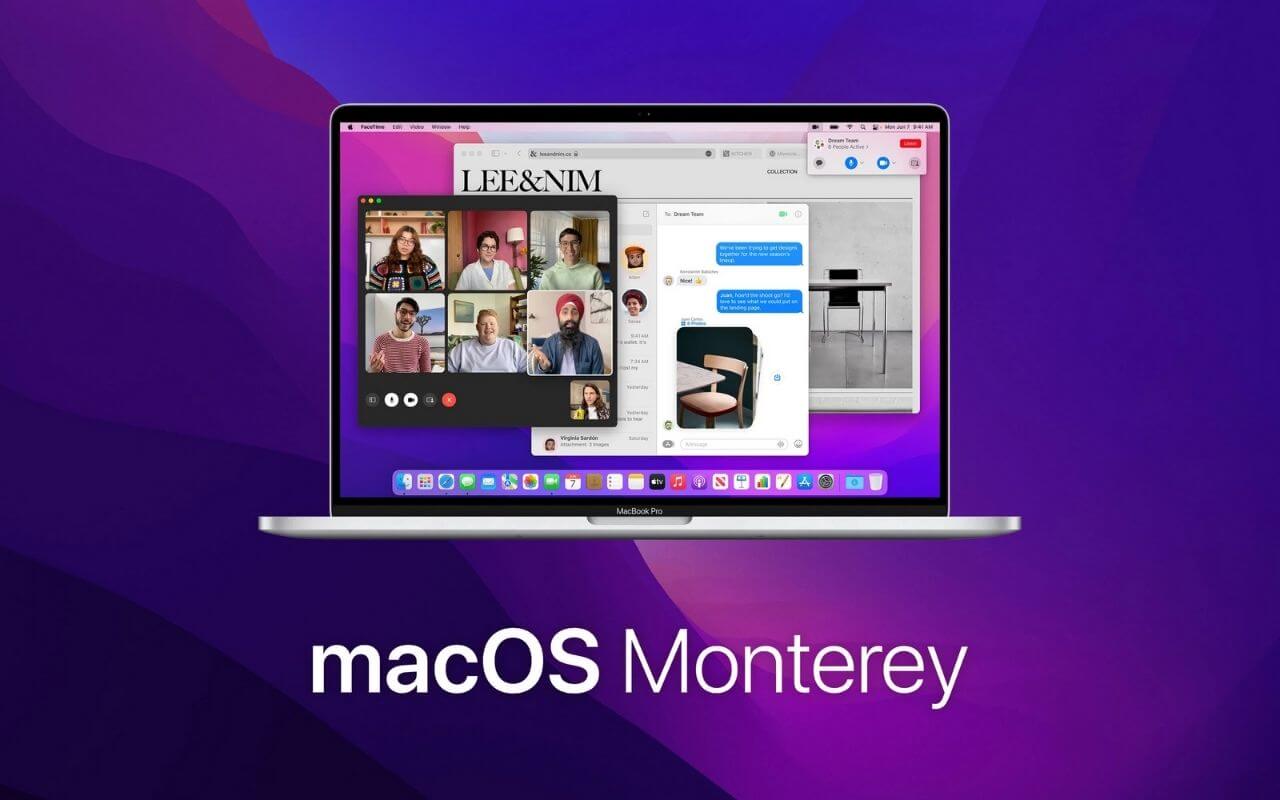Having so many benefits and security features makes the iPhone most accepted brand amongst the users and hence it is understood why people prefer an iPhone over Android phone. The iPhone allows the user to use latest updated software and a better technical support. But on the other hand, Android has a variety of hardware & software customization. So what makes each of them special? Let’s take a look at it here…
Just as people evolved through ages with appearances and intelligence, the needs of the people have also evolved with growing times. Now we don’t just want any phone, but the one that never hangs runs smooth and has a mind-blowing APPS along with High Definition Camera along and vast storage capacity all at an affordable price. All of these features are found in Android phones like the Samsung S9 and Google’s pixel making it everyone’s favorite. It comes with the variety of software hardware customization options.
But then if someone asks which is the phone is good, the first phone which comes to our mind is the iPhone. Why? Is it the hype of iPhone lingering in our minds or is it the glamorous phone covers that make it so special.
It may be but actually, the iPhone works seamlessly with other Apple gadgets including Macs and the Apple Watch means there is an ecosystem factor also.

1. iPhones runs faster than android based phones
Speed is everything nowadays. In an article posted by Yourstory, there have been some tests and comparisons of iPhone 7 plus with Galaxy S8. Samsung Galaxy S8 uses Qualcomm Snapdragon 835 chip and Apple uses A11 Bionic chip. In tests, iPhone takes a lead once it starts to open apps that are stored in the background. Apple’s iPhone is leading because of better hardware and software integration and controlling both sides of the equation. So you see, that’s what ware talking about fellas.
2. The Hardware and Software integration
One touch is all it takes: In Tom’s Guide he explains the 3D Touch display first introduced with the iPhone 6s and featured in all but one model released since then is smart enough to sense pressure, allowing you to take quick actions from the home screen just by long-pressing on an app icon.
The Portrait Mode on the iPhone 8 Plus can add sophisticated lighting effects with a tap. And the iPhone X can scan your face to log you in, even if you grow a beard and start wearing glasses. Android phone makers are said to be two years behind Apple’s Face ID.
Google recently spent over $1 billion to acquire HTC’s smartphone business. It wants to re-create that same magic by better integrating its mobile OS with its devices.
3. Easiest phone to use
Easy! Do your work in a snap of your fingers. Android makes promises to make their phone streamline their skins but the iPhone still remains the easiest phone to use by far. Some may lament the lack of change in the look and feel of iOS over the years, but consider it a plus as it works pretty much the same as did way back in 2007. Over the years Apple has uncovered new enhancements over the years such as Siri and control center. With iOS 10, Apple opened Siri and iMessages to developers and there are customizable widgets available for the Today screen
Pick it up, turn it on, and touch the app to open.
With iOS 11, Apple has added an ability to edit Live Photos, send payments to friends in the Messages app and organize files via a proper Files app (which is way overdue considering that Android has had files access from the start).
4. OS updates when you want them
This is going to hurt little, Android fanboys. One week after launch, iOS 11 was reportedly installed on 25 percent of iOS devices, according to analytics company Mixpanel. By January 2018, iOS 11 was on 65 percent of iOS devices. Meanwhile, Android Oreo was on 0.7 percent of devices at that time.
The problem is this: With the exception of pure Android phones like the Pixel 2, Samsungs, LGs and HTCs of the world have to jump through more hoops to bring you the latest version of Google’s OS, including carrier certification. Plus, phone makers typically drag their feet on updating older phones. In fact, LG recently set up a Software Upgrade Center to speed up updates.
If you own a compatible iPhone — an iPhone 5s or later in the case of iOS 11 — you can update to the latest version of iOS on the day it’s released (or close to it, depending on how Apple’s servers stand up to the strain). This dynamic isn’t going to change anytime soon. Everyone wants to be first, don’t we?
5. The best apps first
The iPhone is most favored by developers as the launch platform of choice for the hottest new apps.
The Google Play store is like the Netflix of app stores; it gets the hits, but usually after they see their first run on iOS. For instance, it took two years for Instagram to debut on Android after it launched for the iPhone. Other apps, such as Super Mario Run and the HQ Trivia have taken only months to get to Android. Other apps that hit the iPhone earlier than Android include Monument Valley 2, Affinity Photo and Snapchat.
The message is clear: For those who don’t want to be treated like second-class app citizens, the iPhone is still the king.
6. No bloatware!
Yes, you heard it right. There are no apps that will pest u every time you download another app.
It’s not a good sign for prospective Android phone buyers that some of the most popular articles we do are bloatware-removal guides.
Samsung and others have gotten better at minimizing the pain for users by lumping all carrier bloatware into a single folder, but it’s still just crap taking up space on your phone.
While you won’t find a single piece of carrier software preloaded on an iPhone, hence giving you a clean experience. Although now Apple also includes some apps you might not need like Apple Watch but still, it has better control than Android devices which bundle so much unwanted stuff. And with iOS 10, you can disable in-built apps which you don’t need.
Works beautifully with Macs
If you haven’t tried a Mac in a while, you might be surprised to know just how well iPhones work with them. For instance, with the Continuity feature in macOS, you can use your MacBook to send and receive text messages and even receive and place calls. All you have to do is keep your iPhone nearby. Some find the handoff feature a little useful yet there some would like that they can do things such as start an email on their Mac and then pick up where they left off on their iPhone — or vice versa. Thanks to iCloud keeping everything in sync, you also have easy access on your Mac to the photos you take on your iPhone, as well as any notes or documents you create.

1. Apple Pay
Between Android Pay and Samsung Pay, Apple has plenty of rivals, but right now, Apple Pay is the most popular method for making mobile payments. It’s also dead-simple to use. All you have to do to use Apple Pay is bring your iPhone close to the supported payment terminal at the checkout counter and then press your finger on your phone’s Touch ID sensor.
With the iPhone X, you just double tap the Side button and then stare at your phone to use Face ID.
If you’re not that excited by using your phone to pay for stuff at the store, you can try another alternative: iOS 11 supports sending and receiving money from friends and family from within the Messages app. Yes, there are third-party apps that do this, but with the iPhone, it’s built right in.
2. Family Sharing on iPhone saves you money
A family having all members using iPhone devices saves money too by sharing the purchases from App Store, iTunes, and iBooks. You can share these with your family with up to six people. When a children want to make a purchase, you will receive an alert so you can also keep control over they are downloading in order to keep the bill under control. Other family sharing features include a shared calendar, shared photo albums and the ability to see where your kids are on a map are at any time. Google still doesn’t offer these easy family sharing on Android devices.
Best support and help
When you have a problem with your Android phone, you can try finding a solution on online forums or calling your carrier. But with the iPhone, you can tap into a vast database of useful help articles on Apple’s website, get help via live chat or schedule an appointment at an Apple Store Genius Bar.
With the exception of the Pixel, Google doesn’t have this kind of direct relationship with its customers. For other Android phones, you have to go through your carrier or the phone maker, and you won’t see the same level of service.
Conclusion
After reading this you might have changed your mindset regarding Android and iOS phone by now. The next time when you buy a phone, buy which lasts longer and which can provide with good service. iPhone is not just a hype among people but it has earned its customers trust.














